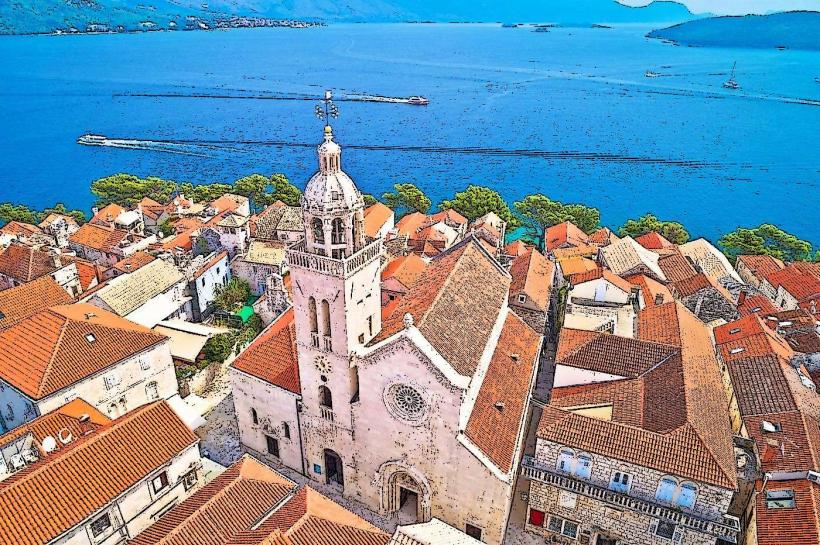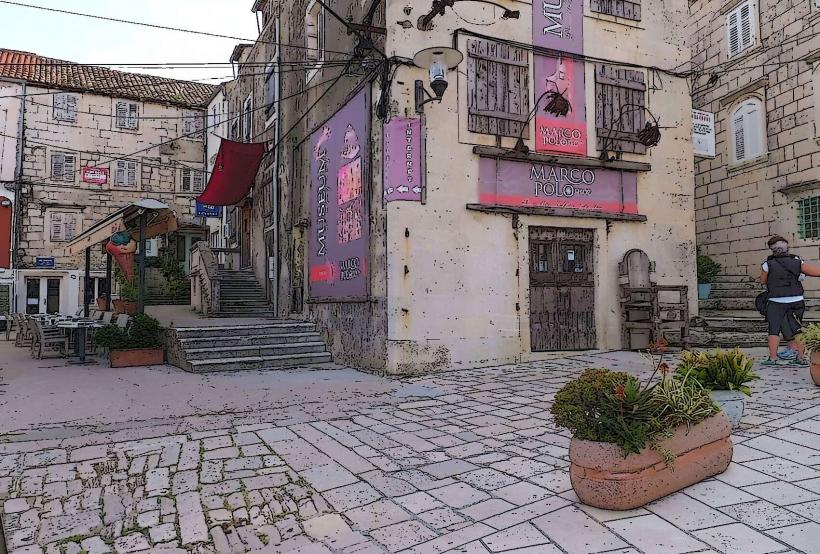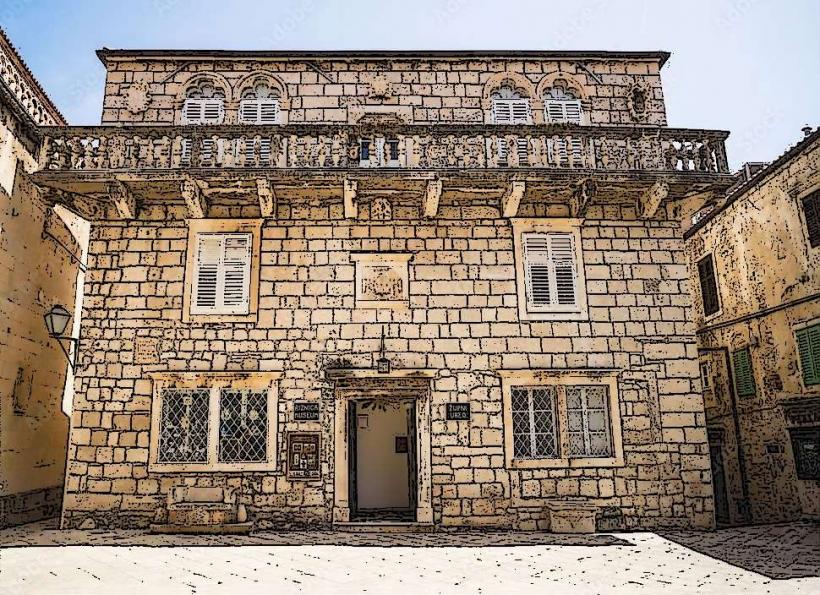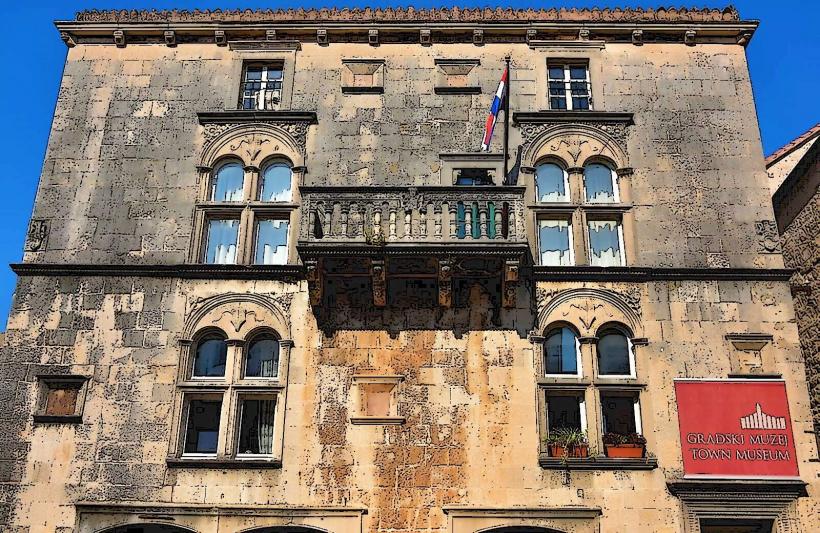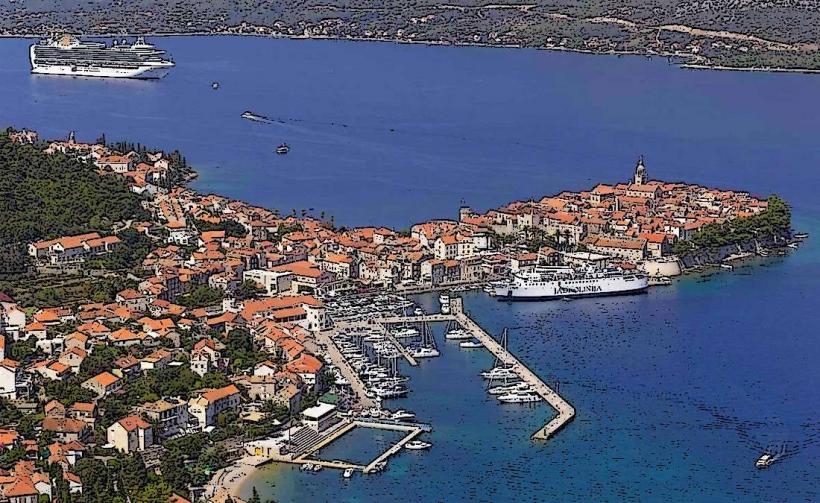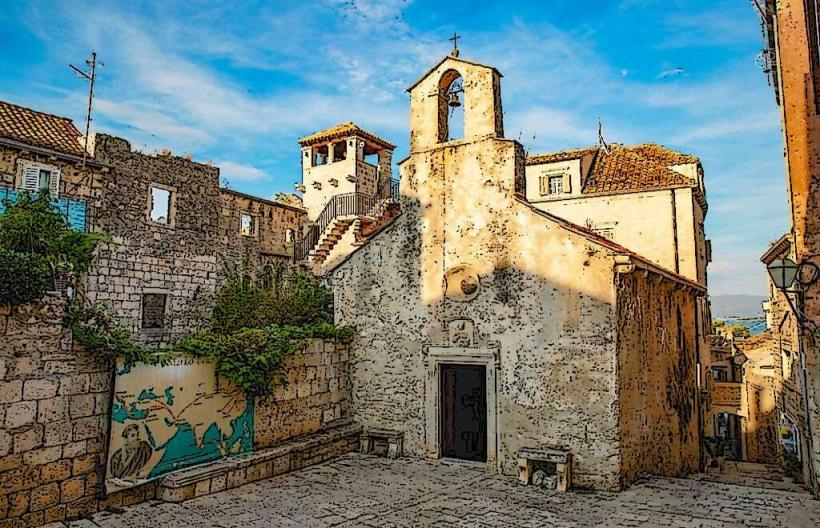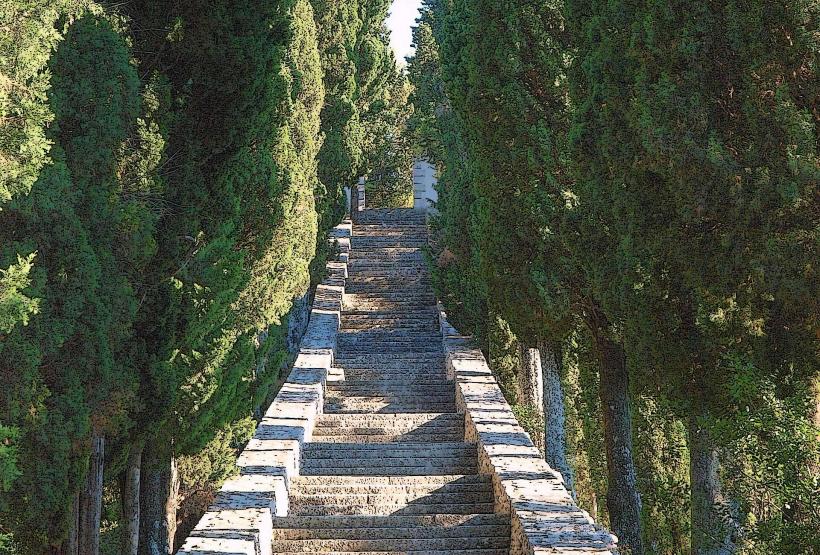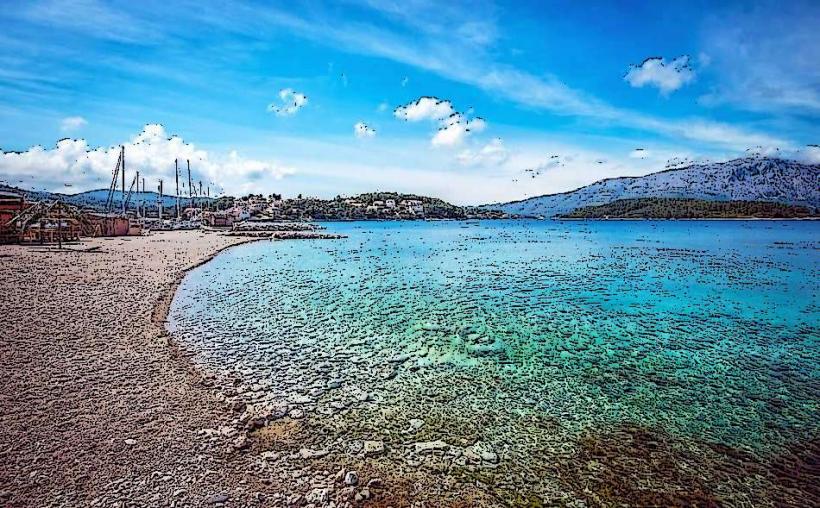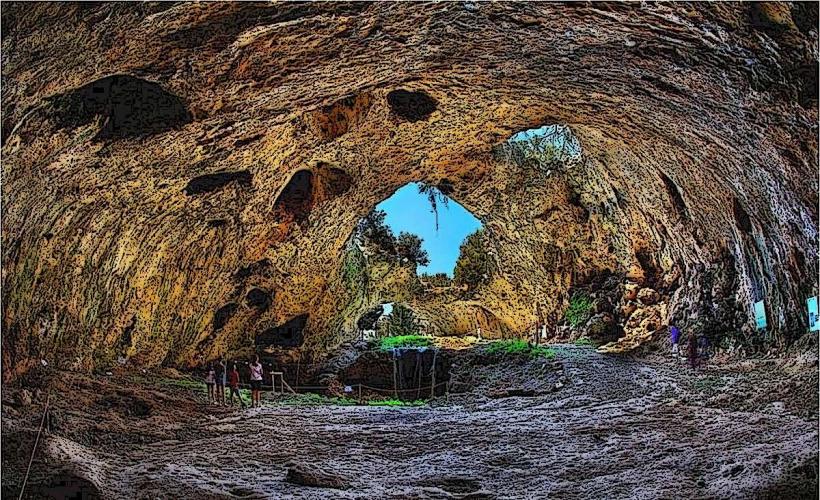Information
Landmark: Korčula Old TownCity: Korcula
Country: Croatia
Continent: Europe
The Old Town of Korčula is a stunning medieval settlement located on the northeastern coast of the island of Korčula in Croatia. Known as the birthplace of the famed explorer Marco Polo, this fortified town is a masterpiece of Venetian architecture, Dalmatian charm, and historical intrigue. Its compact layout, charming stone streets, and proximity to the crystal-clear Adriatic Sea make it one of the most picturesque old towns in the Mediterranean.
Historical Background:
- Ancient Roots: The site of Korčula Old Town has been inhabited since ancient times, with evidence of Greek and Illyrian settlements. The Greeks referred to the island as Korkyra Melaina due to its dense forests.
- Venetian Influence: Much of the Old Town as it stands today was developed during the period of Venetian rule (1420–1797), which is reflected in its architecture and urban planning.
- Strategic Importance: Korčula’s location made it a valuable maritime hub in the Adriatic, leading to its fortification with walls and towers to protect against pirates and invasions.
Key Features:
1. Layout and Urban Planning:
- Fishbone Pattern: The Old Town is designed in a unique fishbone pattern. Its streets branch off from the main spine like ribs, providing ventilation and protection against strong winds.
- Fortified Walls: The town is surrounded by well-preserved medieval walls, complete with defensive towers that offer panoramic views of the sea and surrounding areas.
- Entrance Gates: Visitors enter through the impressive Land Gate (Kopnena vrata), adorned with a Venetian lion symbolizing the town’s past allegiance to Venice.
2. St. Mark’s Cathedral (Katedrala Svetog Marka):
- A masterpiece of Gothic-Renaissance architecture, the cathedral stands at the heart of the Old Town. Built in the 15th century, its bell tower offers incredible views of Korčula and the surrounding archipelago.
- Inside, the cathedral houses a Titian painting, a stunning altarpiece, and intricate stone carvings.
3. Marco Polo’s Birthplace:
- While there is debate about the true birthplace of Marco Polo, Korčula claims the explorer as one of its own. A house museum dedicated to Marco Polo is located in the Old Town, showcasing exhibits about his life and travels.
4. Fortifications:
- The town is surrounded by defensive walls, which were built to fend off attacks from the Ottomans and pirates. Several towers, such as the Revelin Tower and the Tower of All Saints, remain intact and are open to visitors.
5. Narrow Streets and Stone Houses:
- The Old Town’s charm lies in its narrow cobblestone streets, lined with stone houses, quaint courtyards, and flower-filled balconies. The labyrinthine layout invites exploration and discovery.
6. Seaside Promenade:
- The western edge of the Old Town boasts a seaside promenade, perfect for a leisurely walk. This area is lined with cafes and restaurants offering fresh seafood and local specialties.
Cultural Significance:
- Traditional Sword Dance (Moreška): The Old Town is famous for the Moreška, a traditional sword dance performed in Korčula for centuries. This captivating performance reenacts a battle between two kings over a captured maiden and is a highlight of the town’s cultural calendar.
- Artistic Heritage: Korčula has a long history of stonemasonry and craftsmanship, which is evident in the intricate stonework found throughout the Old Town.
Nearby Attractions:
- Korčula Town Museum: Located in the Gabrielis Palace, this museum provides insights into the town's history, maritime heritage, and cultural traditions.
- Beaches: Just outside the Old Town, visitors can find small, pebbled beaches with crystal-clear waters.
- Islets and Archipelago: The nearby islets, such as Badija and Vrnik, are accessible by boat and make for excellent day trips.
Practical Information:
- How to Get There: Korčula can be reached by ferry from Dubrovnik, Split, or nearby islands like Hvar. The Old Town is within walking distance of the ferry port.
- Best Time to Visit: Summer months offer vibrant festivals and warm weather, but spring and early autumn provide a quieter atmosphere for exploration.
- Accessibility: The Old Town’s cobblestone streets and stairs may be challenging for those with mobility issues, but the waterfront promenade is more accessible.
Why Visit Korčula Old Town?
The Old Town of Korčula is a captivating blend of history, architecture, and natural beauty. Its Venetian heritage, coupled with a vibrant local culture and stunning Adriatic views, make it a must-visit destination for history buffs, architecture enthusiasts, and anyone seeking the charm of a medieval Mediterranean town.

